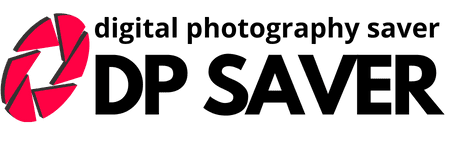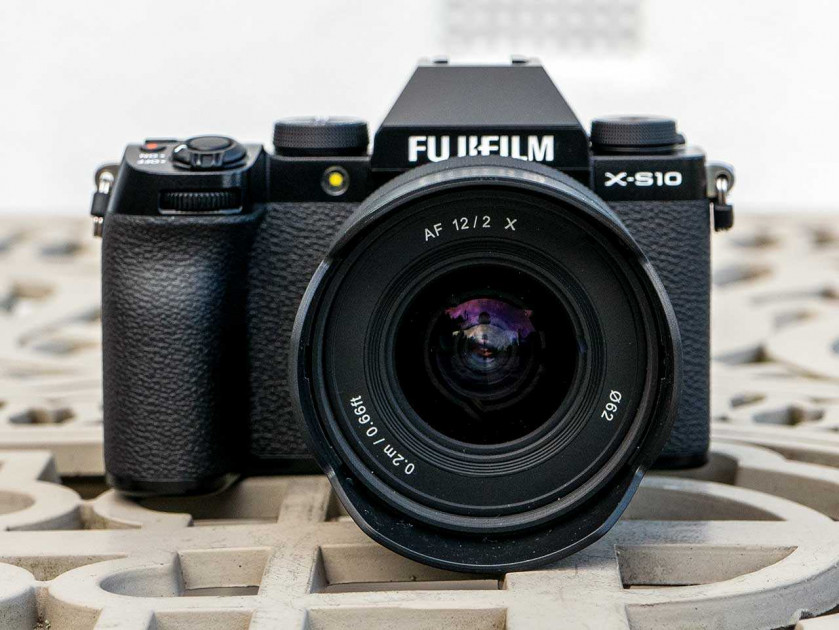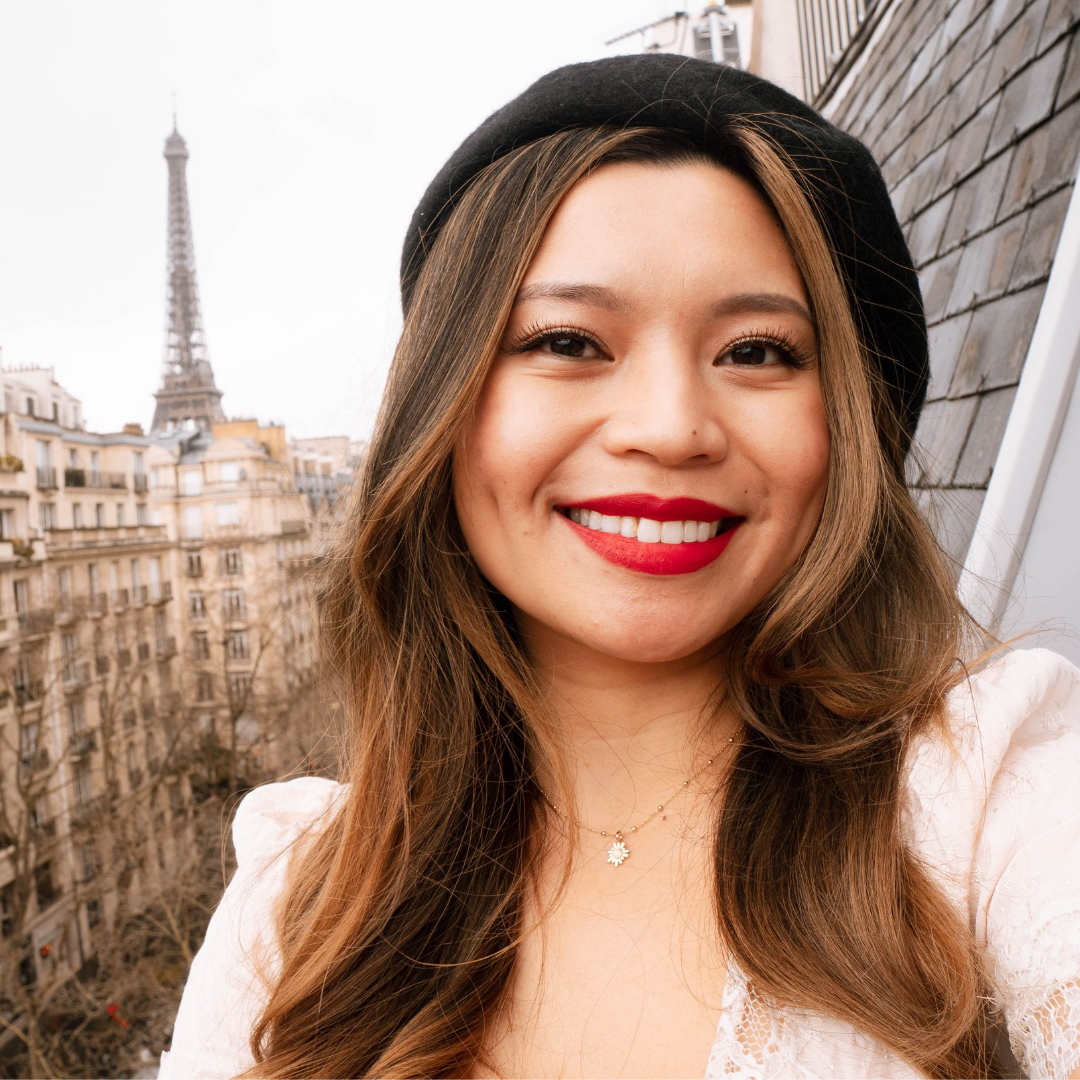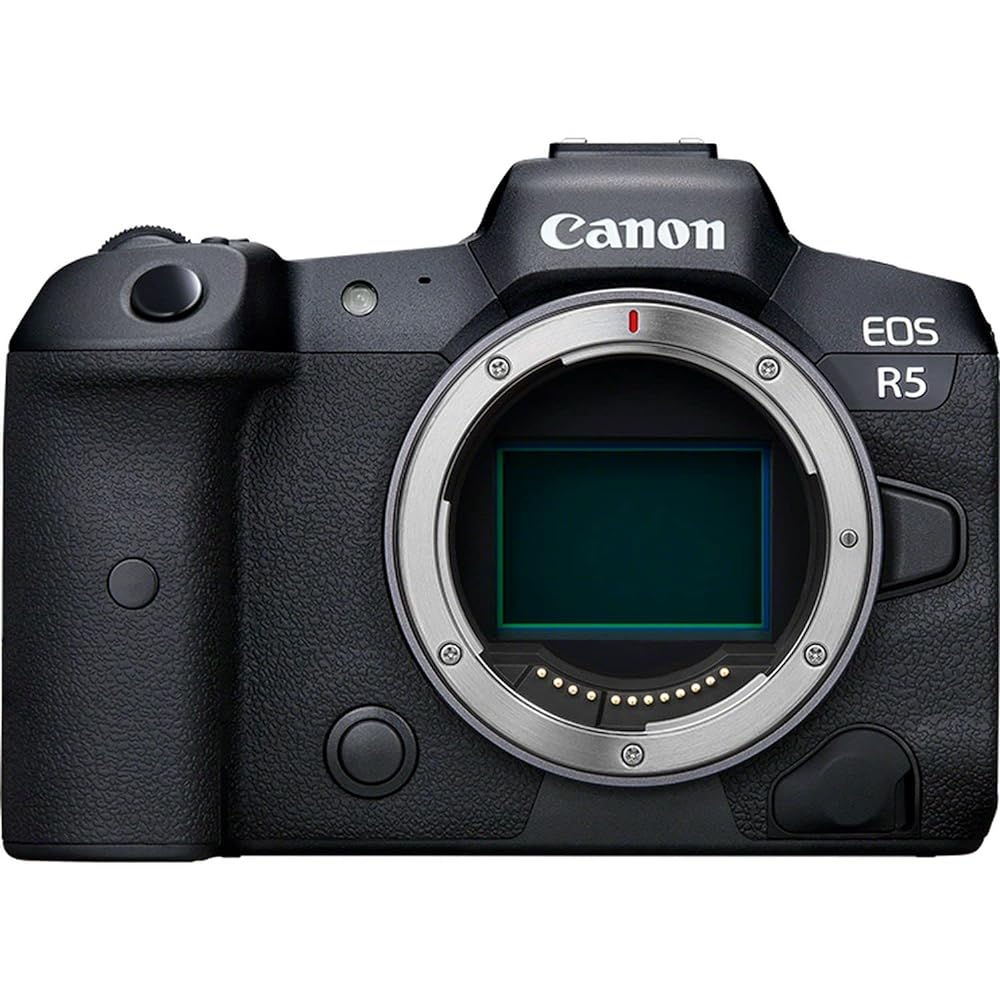Preparing a special exhibition project, Jon Cazenave combined the fashion collection of couturier Cristóbal Balenciaga with Spanish painting from the 16th to 20th centuries. Between February and May 2019, Cazenave put the fashion creations in the right perspective for a catalogue for the Thyssen-Bornemisza Museum, an art museum in the Palacio de Villahermosa in Madrid. He worked on the elaborate production at the Museo Textil (Catalonia), at the Museo del Traje (Madrid) and at the Museo Balenciaga (Basque Country). The Spanish photographer spoke with us about the artistic approach he develops for each of his projects, and the challenges of this exhibition project, which he produced with a Leica S.
Based on your other projects, it seems like you develop a new visual language and form of presentation for each one…
I understand my artistic practice as a tool to understand myself, so once I’m able to achieve the knowledge to use a determined visual language, it doesn’t make sense to me to keep on repeating that concrete aesthetic. My work has a strong relation to experimentation, and I try to incorporate every process possible in order to keep on learning about how an image is constructed. This is the reason why I use analogue and digital photography, charcoal process, cyanotype, or even screenshots in my work.
You must have a strong connection to other art forms.
I have always felt connected to painting, cinema, music and sculpture. The way you combine photographs in a sequence is very much related to the rhythm in music; black and white photography has a strong relationship with sculpture, where matter and void play a fundamental role; and, of course, learning from the history of painting is really important to understand the way an image is constructed. Amongst all the artists that inspire me, I would underline the work of Jorge Oteiza, Andrei Tarkovski, Mark Rothko, Kazimir Malevich, Ryoji Ikeda, Pierre Soulages, and even Radiohead.
In 2019, you directed and produced the photographic work for the Balenciaga and Spanish Painting catalogue for the Thyssen-Bornemisza National Museum. It dealt with the work of Cristóbal Balenciaga, an admired and influential fashion designer, and the tradition of 16th to 20th century Spanish painting. What was the biggest challenge you faced?
The exhibition was curated in chapters, to analyse the connections between both matters, using links based on conceptual features, architectural shapes and volumes and chromatic complicities. My main concern was to disappear as an author, to let the paintings and the dresses interact, to express and relate to each other by themselves.
Your use of light in this series is very dramatic. You set the focus on certain details. Please tell us about the light settings and how you’ve managed to highlight the fabrics and so on.
I worked together with a team composed of Iñigo Kastezubi, a brilliant light assistant with a lot of experience in the field of fashion photography, Jaime de los Ríos, a recognized video artist, and Rafael Arocha, a talented artist in charge of the shoot. Together we were able to build an intimate atmosphere for the artwork, and the different dresses seem to be touched by a sacred light making them shine in the darkness. The colour black was also very important in Spanish painting and fashion during the XVIth century, and it is also in the work of Cristóbal Balenciaga; so we thought about this light as a catalyser that would relate the two concepts of the exhibition.
You seem to have used studio flash light. What particular flash system did you use?
We used four Profoto B1X flash lights provided by Innova Foto, a company located in Valencia. Although the atmosphere of the images is dark and intimate, the technical requirements to develop this appearance were really complex and challenging. Each dress was photographed under specific criteria in three different locations, so we made an impressive effort on lightning with the best equipment possible.
Please tell us something about the backgrounds.
The backgrounds were created by Kendu In-Store Visual Solutions, a company from San Sebastian that provides visual solutions for the fashion industry. We decided to build two grey planes made out of flexible textile measuring 2.5 x 3 meters, to have a simple but effective scenography for the artwork. This geometric background had a clear relation to the simplicity of Balenciaga’s designs, and the use of fabric provided us a link with the fashion industry. Grey colour was the best option to create an intimate atmosphere, where the scenography became the perfect context to focus on the wonderful pieces of art by Balenciaga.
What body and lenses did you use for the project?
I used a Leica S medium format camera with Leica Summicron-S 100 f/2 Asph and Leica Summarit-S f/2. 5 Asph lenses. I couldn’t imagine better equipment to produce this project. The Leica S system ensures the powerful image resolution required for this kind of assignment, with an optimal camera size and an easy operating system. The shooting sessions unfolded with pleasure, because of the intuitive use and compact design of the camera. The experience of using Leica equipment was definitely something to remember!
What are you working on right now?
I am preparing a book for the Art Collection of the Basque Government, with images I took between 2020 and 2021; and I’m also preparing the proposal for an exhibition around photo books that I am curating at San Telmo Museum in San Sebastian. Apart from these assignments I always keep on working on my personal projects. Now I’m producing new material for a project that deals with the idea of landscape; a concept that is omnipresent in my work.
Born San Sebastian, Spain, in 1978, Jon Cazenave graduated in Economic Sciences from the University of Deusto in 2001, before he became a photographer. His work has been exhibited internationally and has appeared in El País Semanal, Harper’s Bazaar, Vogue UK, M le magazine du Monde, and also in specialized media including GUP Magazine, Die Nacht Magazine and L’oeuil de la Photographie. His work has been recognized in awards such as: descubrimientos Photoespaña, FotoPres La Caixa Grant, Basque Government Fine Arts Grant, Tokyo International Photography Award, PDN Award and Voies Off Arles. In 2016 he was selected to participate in the 18th edition of the European Eyes on Japan program, and in 2019 he directed and produced the photographic work for the Balenciaga and Spanish Painting catalogue for the Thyssen-Bornemisza National Museum. Find out more about his photography on his website and Instagram page.
Leica S
The best tool.











